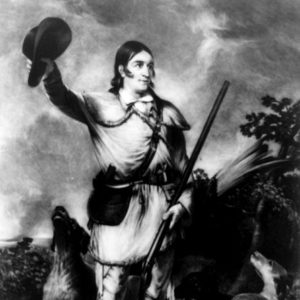 Davy Crockett
Davy Crockett
Time Period: Louisiana Purchase through Early Statehood (1803 - 1860)
 Davy Crockett
Davy Crockett
Crockett, Davy
aka: David Crockett
Crowley, Benjamin
 Cumberland Presbyterian Congregations
Cumberland Presbyterian Congregations
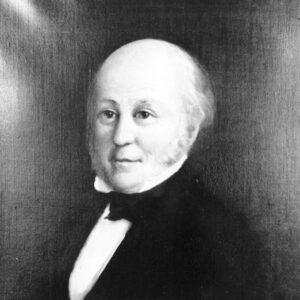 Matthew Cunningham
Matthew Cunningham
Curran Hall
aka: Little Rock Visitor Information Center
aka: Walters-Curran-Bell House
 George Dallas
George Dallas
Danley, Christopher Columbus
 David S. Lewis Execution Story
David S. Lewis Execution Story
Defender [Steamboat]
Dehahuit
 Der Squire
Der Squire
Der Squire: Ein Bild aus den Hinterwalden Nordamerikas
Dickinson, Thomas (Execution of)
Dickinson, Townsend
 Townsend Dickinson
Townsend Dickinson
Dover to Clarksville Road
Dowdy, John (Execution of)
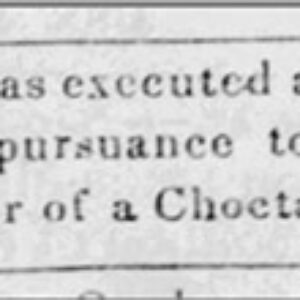 John Dowdy Execution Article
John Dowdy Execution Article
Drennen-Scott Historic Site
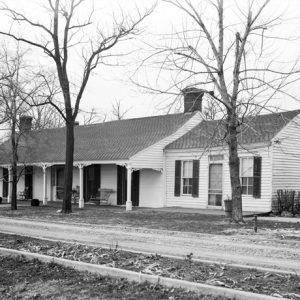 John Drennen House
John Drennen House
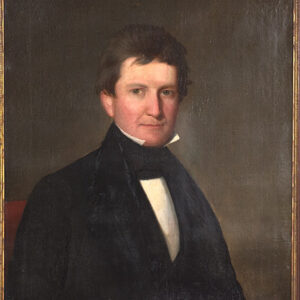 John Drennen
John Drennen
Drennen, John
Drew, Thomas Stevenson
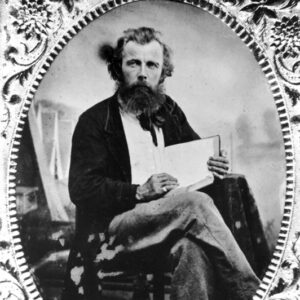 Thomas Drew
Thomas Drew
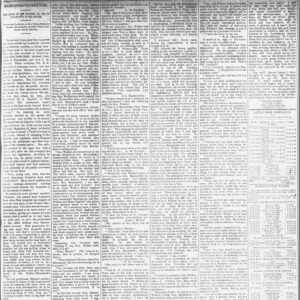 Duel Story
Duel Story
 Duel Story
Duel Story
 Duwali
Duwali
Duwali
aka: Bowl
aka: Bowles
Dwight Mission
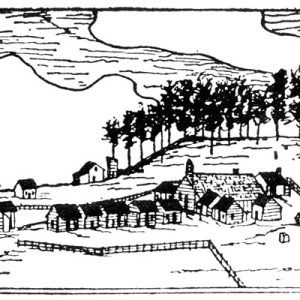 Dwight Mission
Dwight Mission
Eagle [Steamboat]
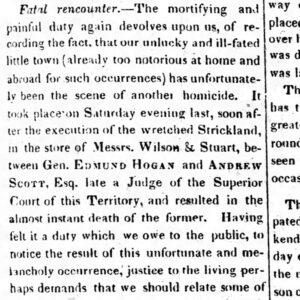 Edmund Hogan Death Story
Edmund Hogan Death Story
Elizabeth (Jackson County)
Elm Springs Cemetery, Historic Section
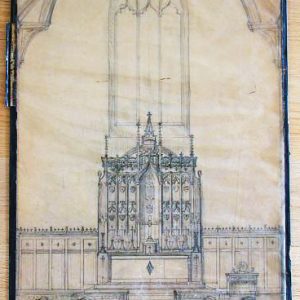 Episcopal Church Chancel Drawing
Episcopal Church Chancel Drawing
Eskridge, Thomas P.
Factory System
aka: Indian Trading Posts
aka: Indian Factory System
Fairchild, Hulbert Fellows
Family, The [Political Dynasty]
Far West Seminary
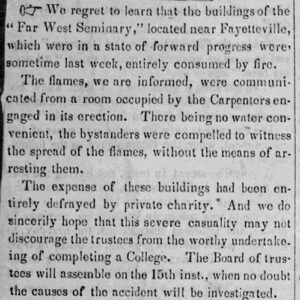 Far West Seminary Story
Far West Seminary Story
 Far West Seminary Story
Far West Seminary Story
Faulkner, Sandford C. “Sandy”
 Fayetteville Episcopal Church
Fayetteville Episcopal Church
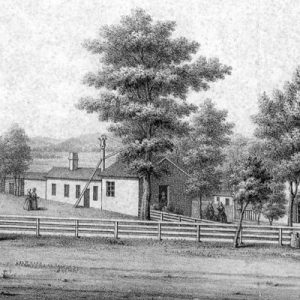 Fayetteville Female Seminary
Fayetteville Female Seminary
Fayetteville Female Seminary
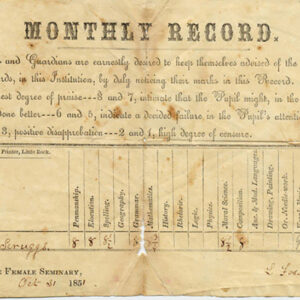 Fayetteville Female Seminary Report Card
Fayetteville Female Seminary Report Card
Fayetteville Polka
 "Fayetteville Polka"
"Fayetteville Polka"




